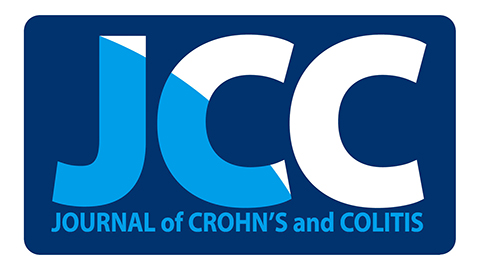
“Current anti-migraine treatments have limited efficacy and many side effects. Although anecdotal evidence suggests that marijuana is useful for migraine, this hypothesis has not been tested in a controlled experiment. Thus, the present study tested whether administration of ∆9-tetrahydrocannabinol (THC) produces anti-migraine effects in the female rat.
These data suggest that: 1) THC reduces migraine-like pain when administered at the right dose (0.32mg/kg) and time (immediately after AITC); 2) THC’s anti-migraine effect is mediated by CB1 receptors; and 3) Wheel running is an effective method to assess migraine treatments because only treatments producing antinociception without disruptive side effects will restore normal activity.
These findings support anecdotal evidence for the use of cannabinoids as a treatment for migraine in humans and implicate the CB1 receptor as a therapeutic target for migraine.”
https://www.ncbi.nlm.nih.gov/pubmed/29111112
http://www.sciencedirect.com/science/article/pii/S0014299917307239?via%3Dihub








